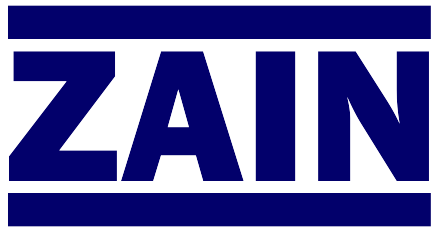Influence of Gas Flow Rates and Gas Holdup on Blending Efficiency in Stirred Tanks
Authors:
Arthur Einsele
Robert K. Finn
This study investigates how gas flow rates and gas holdup affect blending efficiency in aerated stirred tanks containing liquids of varying viscosities. Experiments showed that increasing gas holdup generally leads to longer blending times, particularly in more viscous solutions, due to the interaction between gas bubbles (or solid beads) and the large-scale eddies generated by the impeller. The findings have practical implications for the design and operation of aerated bioreactors and gassed chemical reactors, where uniform mixing is critical for optimal process performance.
Key Learnings
- Blending efficiency in aerated stirred tanks decreases as gas holdup increases, leading to longer blending times.
- The adverse effect of gas bubbles on mixing is more pronounced in liquids with higher viscosity.
- Gas bubbles or solid particles interfere with the large-scale eddies generated by the impeller, which dominate mass transport and mixing.
- Blending time increases even when power input per unit volume is kept constant, indicating that aeration itself impacts efficiency.
- Using polyethylene beads instead of gas bubbles produces similar effects, confirming that particle-induced disruption, not just aeration, affects mixing.
- Understanding the relationship between gas flow, holdup, and liquid rheology is crucial for optimizing bioreactor and gassed reactor performance.
- Uniform distribution of reactants is critical for biological processes, as poor mixing can reduce microbial growth or reaction yields.
If you can’t see the PDF, click "Open in new tab".

